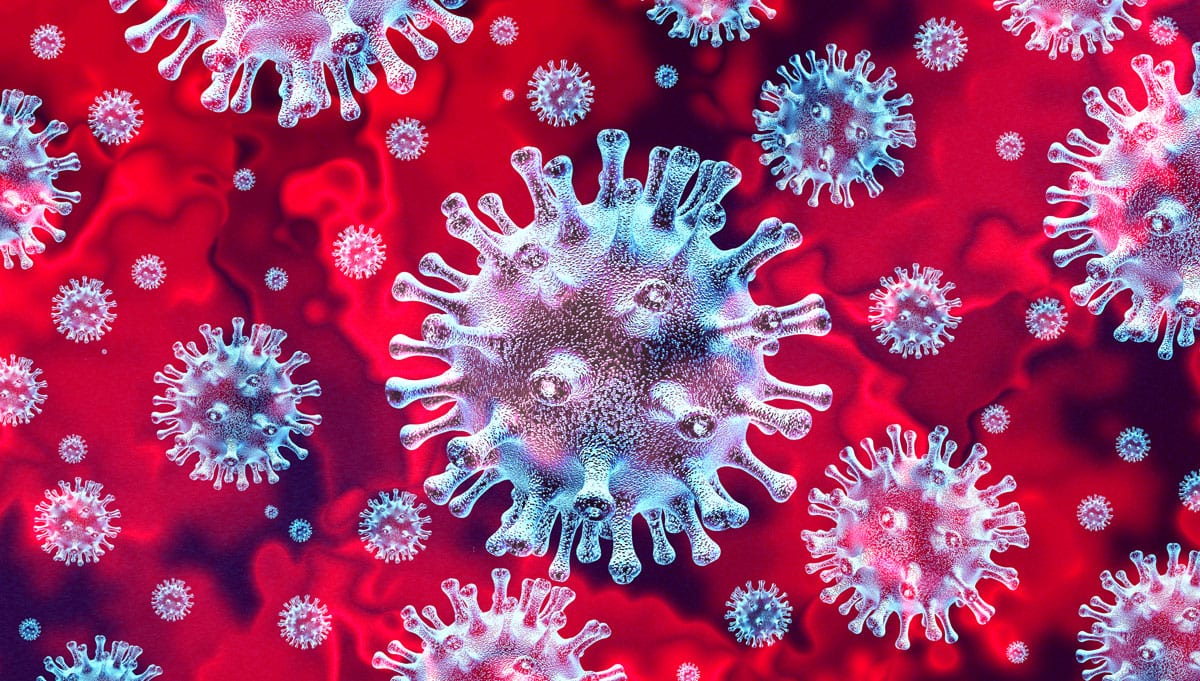
The spread of a mysterious pneumonia-like coronavirus, now named COVID-19, which appears to have originated at a food market in Wuhan, China, has been met with international alarm.
More cases are being reported every day. At least 1,669 people worldwide have reportedly died from the virus, and some 69,000 infections have been recorded globally—the vast majority of these cases are in China, although COVID-19 has spread to 26 other countries, including the U.S.
At the end of January at a press conference in Geneva, the World Health Organization declared a “public health emergency of international concern” over the coronavirus outbreak. Other outbreaks that have been given a designation of international emergency include ebola in 2014 and 2018, zika virus in 2016 and swine flu in 2009.
The WHO’s decision to declare COVID-19 an international concern was “not a vote of no confidence” in China, said WHO director-general Tedros Adhanom Ghebreyesus, emphasizing that China’s response has been swift. Instead, it was a global precaution.
“We don’t know what sort of damage this virus could do if it were to spread in a country with a weaker health system,” Ghebreyesus said.
In late January, Chinese officials began implementing a partial quarantine around Wuhan, population 11 million. As of February 6, the city was under a military-style lockdown with authorities going house-to-house and moving infected people to giant quarantine centers.
Despite the virus’s rampant spread and international attention, the WHO only announced the official name for the disease this virus on Tuesday: COVID-19, which stands for Coronavirus Disease 2019, the year the first case appeared.
Here’s the latest update on COVID-19.
First of all, what’s a coronavirus?
According to the CDC, coronaviruses are “common throughout the world,” and they “commonly cause mild to moderate illness.” However, newer strains of the virus have causes severe illness, such as SARS in 2003 and MERS in 2012. According to the Chinese Center for Disease Control and Prevention, COVID-19 is only the seventh type reported to have infected humans.
Do I have COVID-19?
If you’re reading this from a phone or computer screen in the United States, probably not. As of February 16, over 69,000 infections have been reported worldwide with most of them in mainland China.
According to China’s National Health Commission, the best way to combat the spread of the virus is quarantine, as it spreads by droplets from the nose and mouth. However, reports indicate that the virus could be infectious for up to as much as two weeks before people start to show symptoms. Symptoms of COVID-19 include fever, coughing and difficulty breathing.
Has COVID-19 reached the U.S.?
Yes. The U.S. has confirmed 15 cases of COVID-19, with patients testing positive in Texas, Washington state, California, Arizona, Illinois, Wisconsin and Massachusetts. None of the infections within the U.S. have proved fatal, although there was a case of an American citizen who did die in Wuahn.
The U.S. government has also been evacuating Americans from Wuhan, the first 195 of whom were released on February 11. They had been under mandatory quarantine for two weeks (the suspected incubation period of the virus) at March Air Reserve Base in California, while other groups remain confined on military bases in other parts of California, Texas and Nebraska.
Travel precautions
With the number of confirmed cases rising every day, the CDC has issued a warning level 3, advising everyone to avoid nonessential travel to China. In addition to increasing your risk for COVID-19, there is limited access to adequate medical care in the affected areas. It is also advised that travel to the following areas be avoided if possible: Thailand, Japan, South Korea, Hong Kong, Taiwan, Singapore, Malaysia and Macau.
Some airlines are suspending flights between mainland China and other countries. Delta has suspended all flights to and from China between February 6 through April 30, at the earliest. And American Airlines and United have instituted similar bans.
On January 31, the Secretary of Health and Human Services Alex Azar announced that all passengers on flights to the U.S. who had been in Hubei province within the past 14 days would spend two weeks in quarantine. U.S. citizens who had visited other parts of mainland China would undergo a risk assessment and symptom screening at one of seven airports in New York, San Francisco, Seattle, Honolulu, Los Angeles, Chicago and Atlanta. If no symptoms were detected, passengers would be allowed to continue their travels, although they would continue to be monitored by health officials.
Political response
On January 31, President Donald Trump issued a proclamation “temporarily suspending the entry into the United States of foreign nationals” who have traveled to China within the past 14 days.
Chinese officials have placed Hubei province on lockdown, along with 30 million people in the coastal province of Zhejiang, about 500 miles away. Fear of the virus has also interfered with trade, but so far, the U.S. is not quarantining goods imported from China.
See also: Will This Antidepressant Work for You? A Brain Scan May Reveal the Answer
2020 Fitness Trends For the Best You
Study Reveals Troubling Link Between Marijuana and False Memories















